News & Insights
-
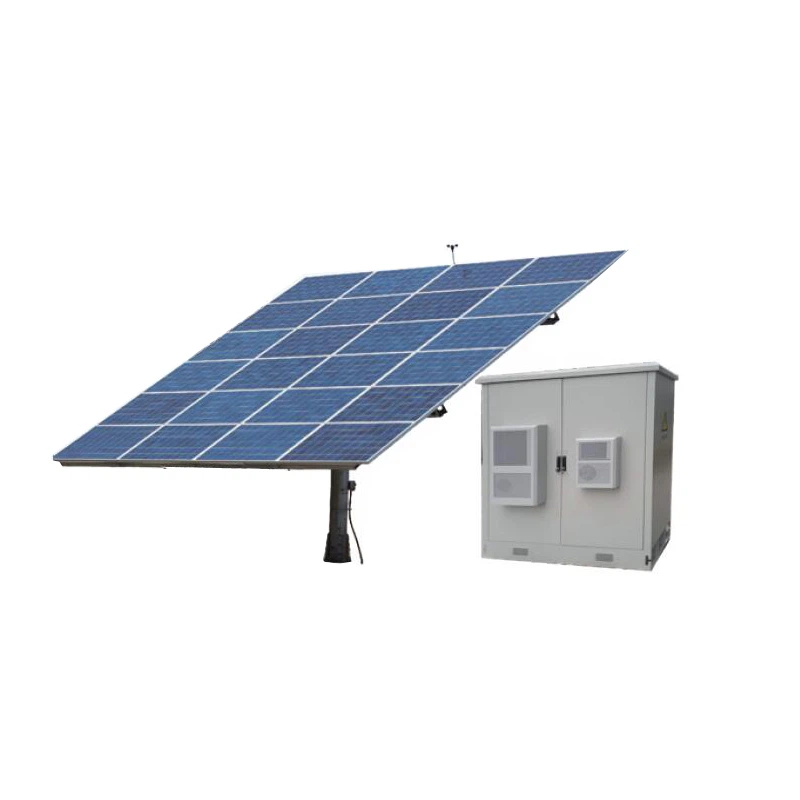 2025.07.21
2025.07.21Hybrid Solar Energy Systems – Opening a New Chapter in Energy Independence
In remote operations, agricultural irrigation, or off-grid facilities, stable and reliable power supply is often a challenge. Traditional off-grid systems have limitations, while grid-connected systems depend on the power grid. Hybrid s...
View More -
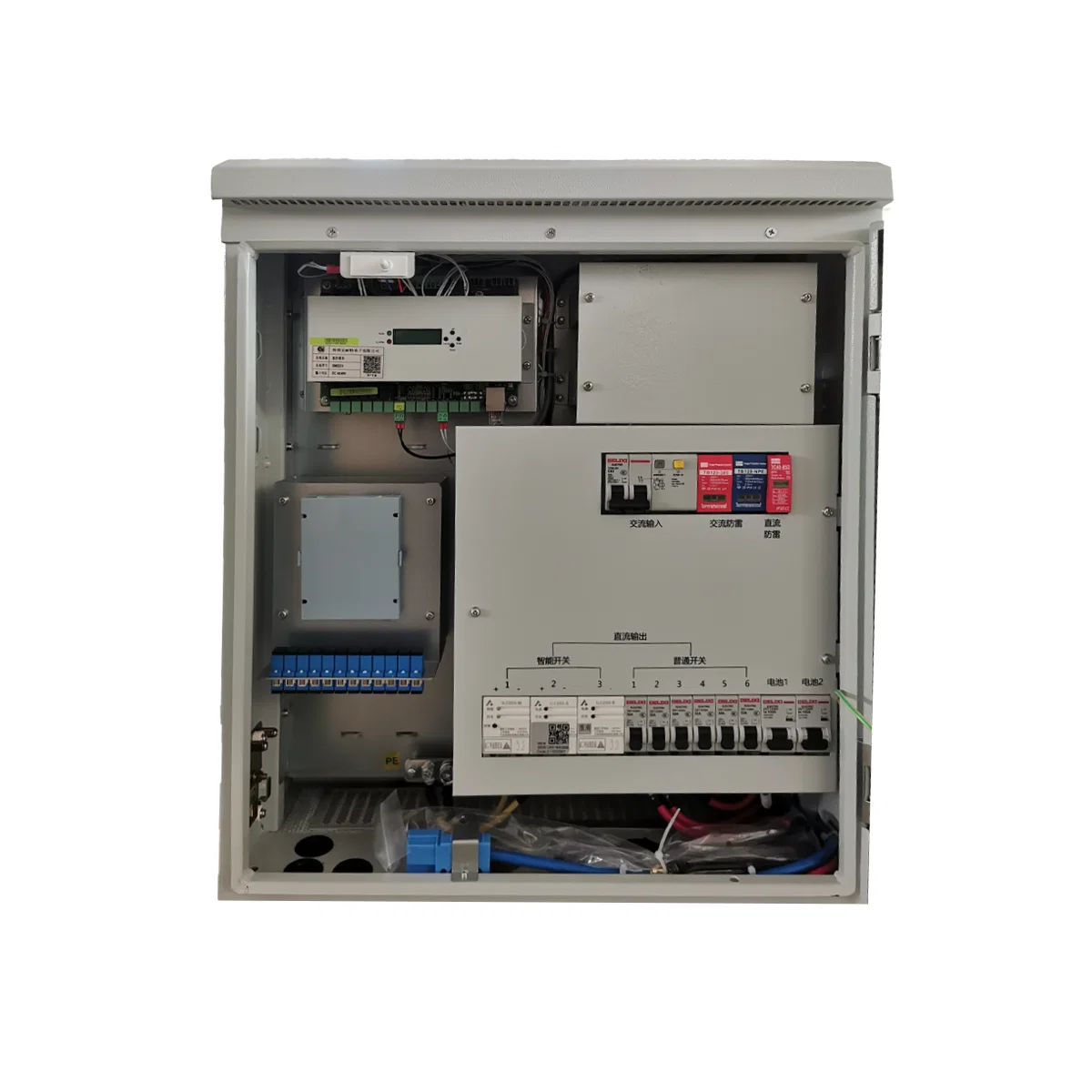 2025.07.08
2025.07.08Soeteck’s Highly Integrated Telecom Power System Solves Outdoor Base Station Deployment Challenges
As 5G micro-base stations extend from cities to suburbs, rural areas, highways, wind and solar power stations, and even islands, these locations lack machine rooms, personnel, and have harsh environments. Traditional power solutions exp...
View More -
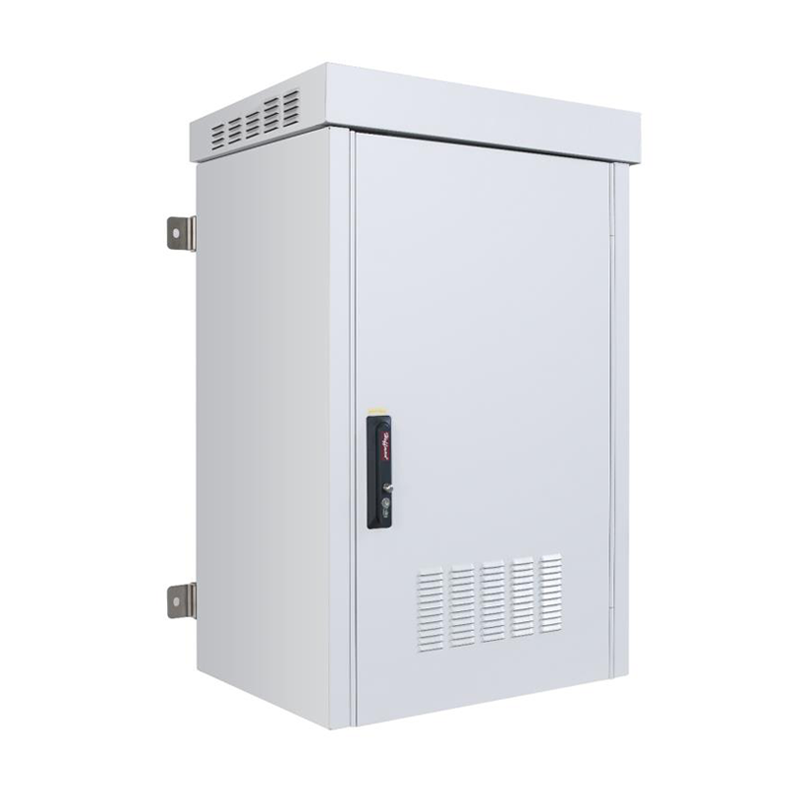 2025.06.19
2025.06.19Outdoor Telecom Cabinet: Ensuring the Safety of Your Equipment
Soeteck Outdoor Telecom Cabinets are specially designed to protect outdoor telecom equipment. They are essential infrastructure for modern communication networks, ensuring that critical communication devices operate safely, reliably, an...
View More -
 2025.06.06
2025.06.06The difference between telecommunication cabinets and telecommunication racks – soeteck
Telecom Cabinets and Telecom Racks are two common types of equipment support structures in data centers and telecom rooms. Their key difference lies in whether or not they have a closed shell and door. Telecom Cabinet Stru...
View More -
 2025.06.05
2025.06.05What is Data Center Infrastructure?
Data center infrastructure, with its four core systems—security, power, cooling, and connectivity—ensures continuous and reliable data services. Its construction costs can be 5-10 times higher than office buildings of comparable scale. ...
View More -
 2025.05.26
2025.05.26Modular Data Center – From Architecture Innovation to Full Scenario Applications
As a core infrastructure of the digital era, modular data centers are reshaping the construction and operation models of traditional data centers through prefabricated design, high-density integration, and intelligent management. ...
View More -
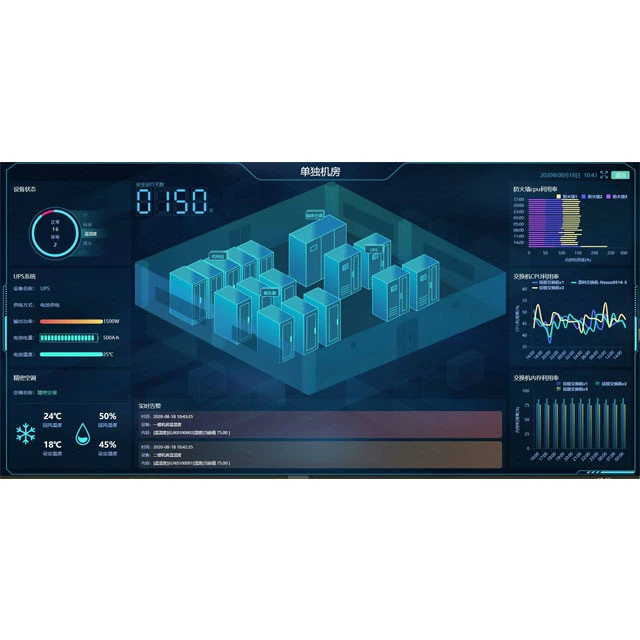 2025.05.23
2025.05.23DCIM – Integrating Facilities, IT, and Automate Management
In the era of accelerated digital transformation, data centers serve as the core computing hubs for enterprises, with their complexity and management challenges growing exponentially. Data Center Infrastructure Management (DCIM) emerges...
View More -
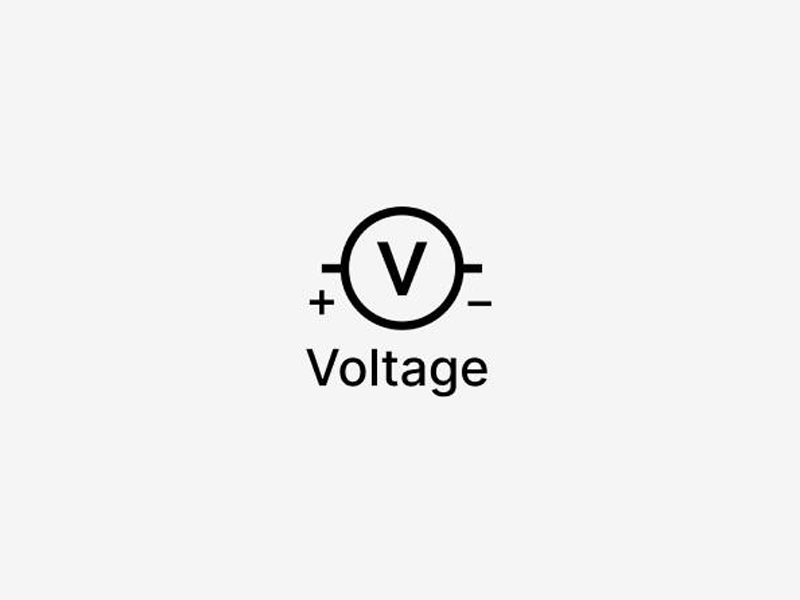 2025.05.21
2025.05.21The Importance of Voltage in Selecting Equipment Model
As a core parameter of power supply, voltage is directly linked to the stable operation and overall performance of critical infrastructure in data centers. When selecting critical infrastructure for data centers, voltage considerations ...
View More -
 2025.05.19
2025.05.19The Complete Guide to Server Racks: Functions, Standards, and Data Center Management Solutions
1. What is a Server Rack? A server rack, also known as a server cabinet, is a specialized metal frame structure designed to store and organize IT equipment. As a core infrastructure component in data centers and telecom roo...
View More -
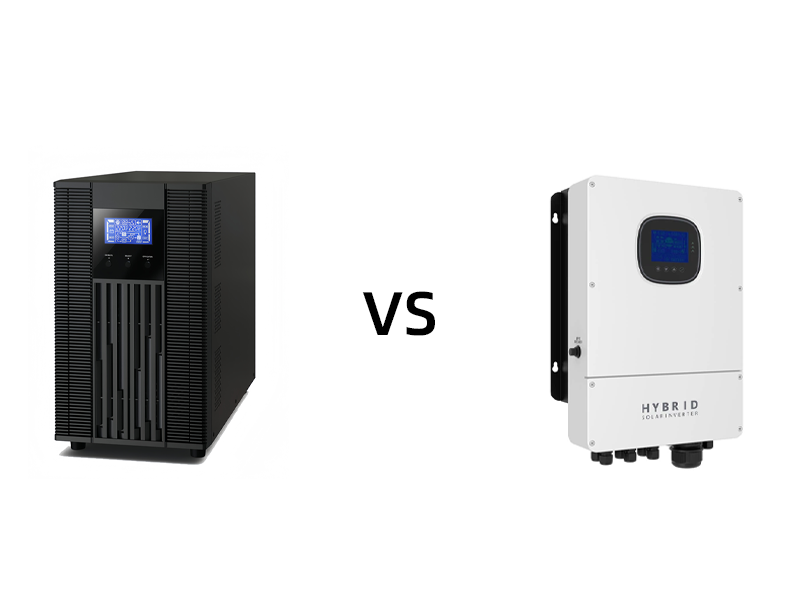 2025.05.14
2025.05.14What’s the Difference Between UPS and Inverter?
Uninterruptible power supplies and Inverters have many similar functions. Both can convert direct current (DC) into alternating current (AC) to power equipment. they can adjust the output voltage to reduce the impact of voltage fluctuat...
View More -
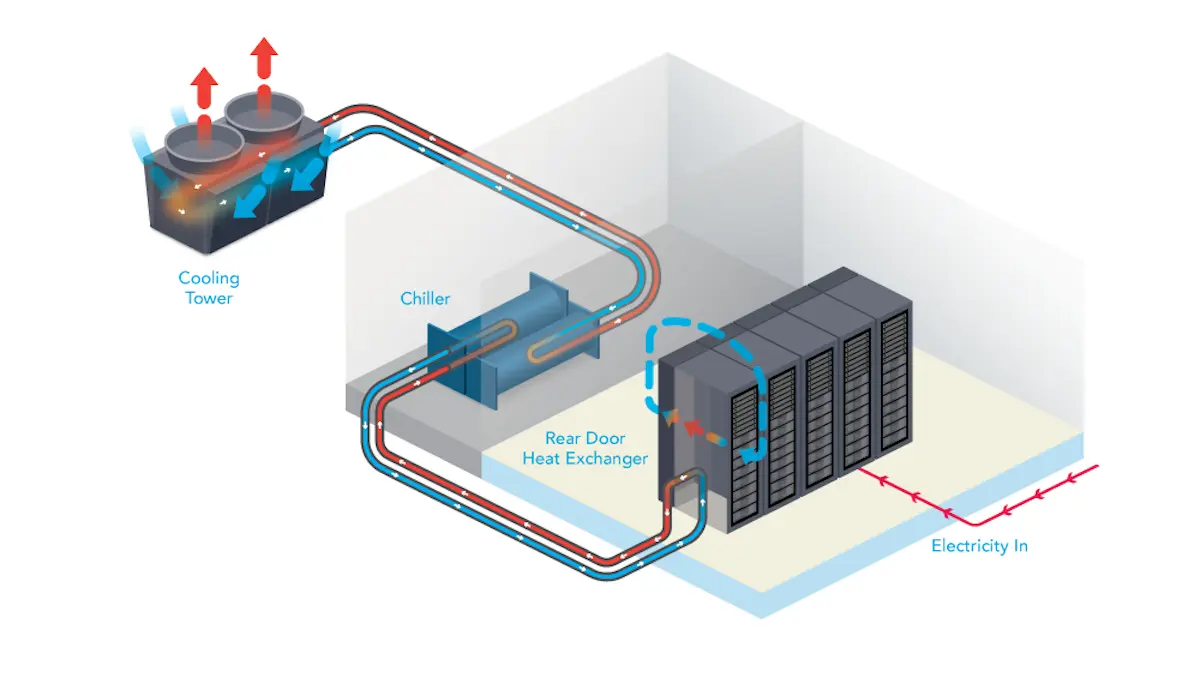 2025.05.12
2025.05.12Liquid vs Air: Which is better in the data center field?
In precision air conditioning solutions, we often have a variety of cooling types to choose from, including various forms of air cooling and water cooling with different coolants. How should we choose a cooling type? Which one is better...
View More -
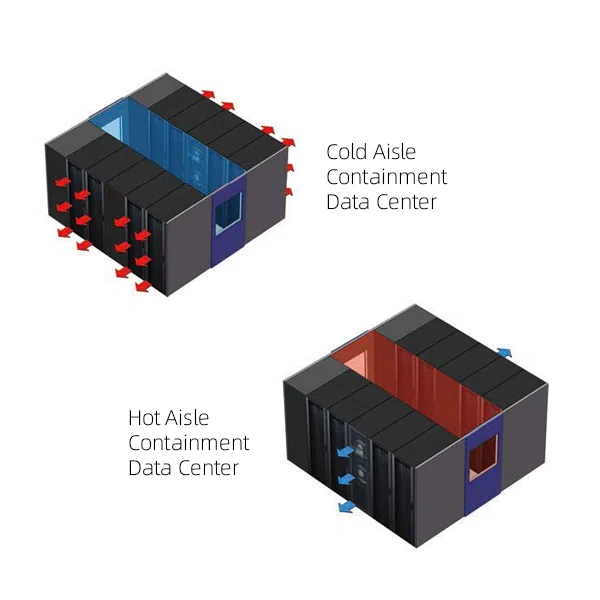 2025.04.27
2025.04.27Which is Better Hot Aisle or Cold Aisle Containment?
1. What are Cold Aisles & Hot Aisles Containment? Cold aisle and Hot aisle configurations are energy-efficient designs for industrial data centers, optimizing air circulation to enhance cooling efficiency and reduce energy consum...
View More
